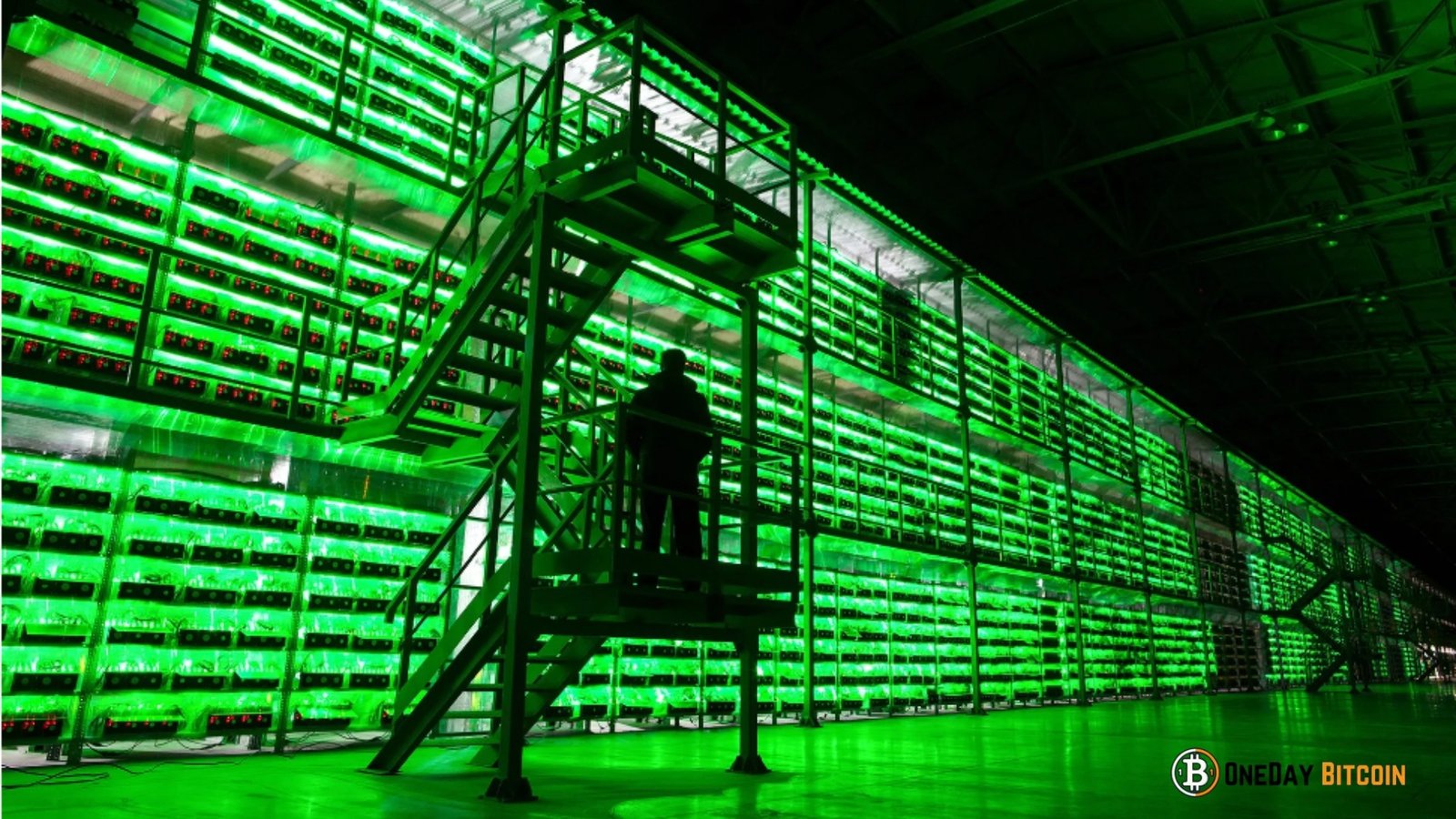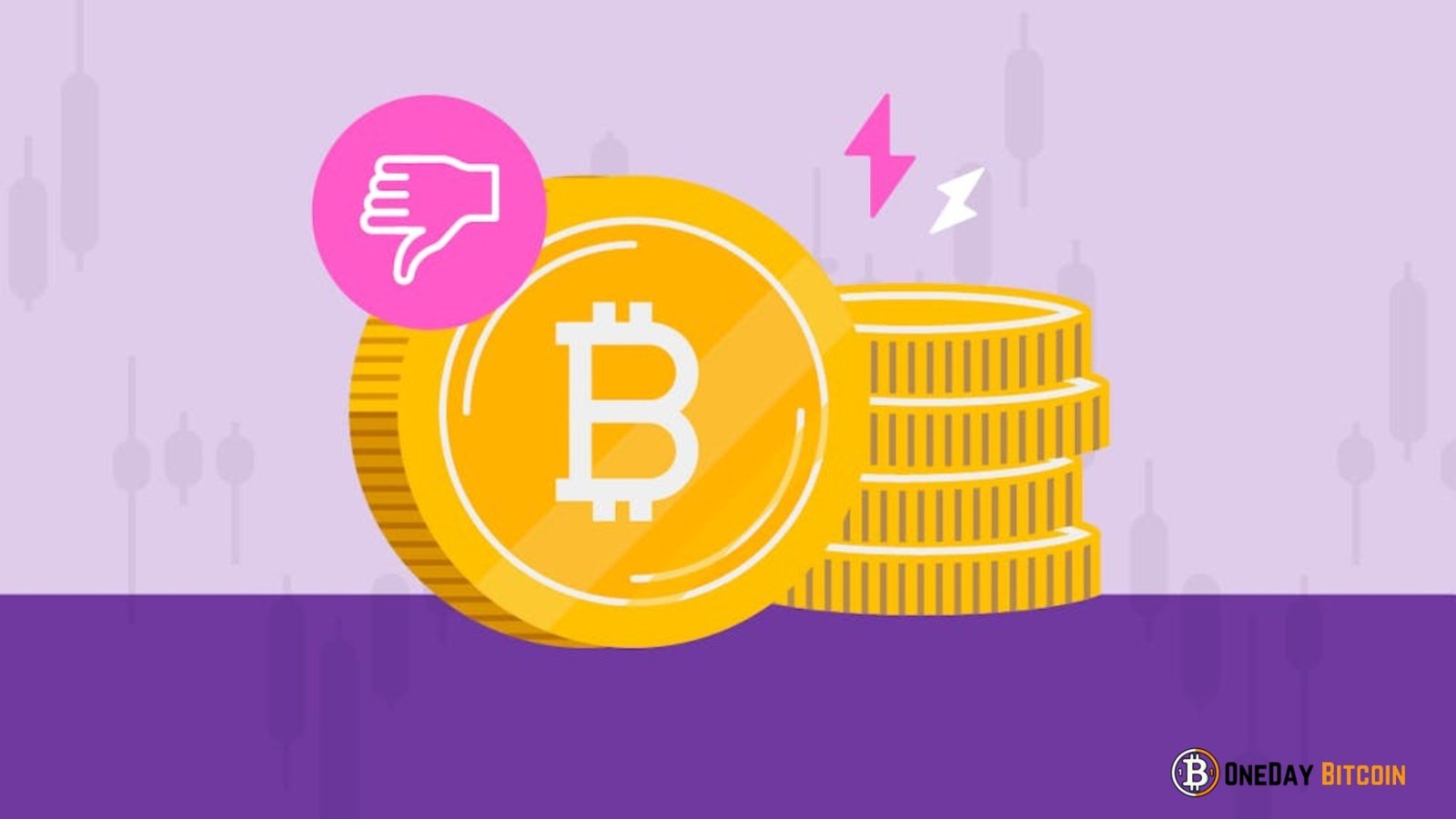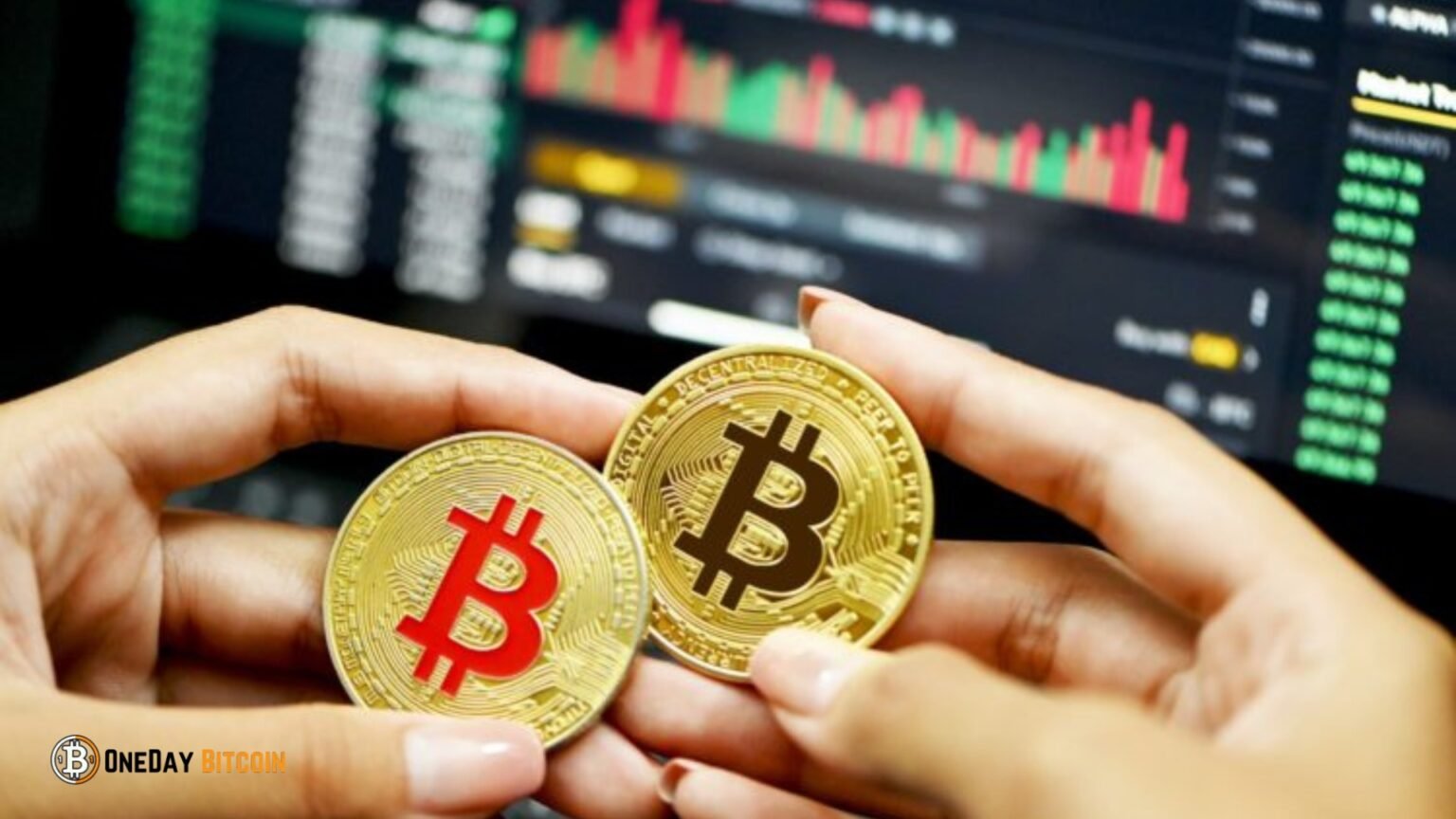Institutional and private investors alike have been interested in Bitcoin, the first cryptocurrency. The mining process, which verifies transactions and adds new bitcoins to circulation, is essential to the Bitcoin ecosystem. Although most people are familiar with buying and storing Bitcoin, mining provides an additional way to join the ecosystem. Although there are many potential benefits to investing in Bitcoin mining, there are also many dangers and difficulties. This article presents an extensive analysis of Bitcoin mining investment for the year 2024.
What Is Bitcoin Mining?
Miners solve complicated cryptographic hurdles to verify transactions and add them to the Bitcoin network. To create new bitcoins, “mining” uses specialized technology to compete for the privilege of adding a block to the blockchain. This incentive could change every four years as part of Bitcoin’s halving event; at present, it’s 6.25 BTC per block (as of 2024).
Mining is essential to keeping the Bitcoin network decentralized by preventing one organization from controlling the ledger. Because assaults on the blockchain are so costly and energy-intensive, they also serve as a security measure.
Types of Bitcoin Mining Investment
There are multiple ways to invest in Bitcoin mining, each with pros and cons.
Solo Mining
In solo mining, an individual or company sets up their mining operation, usually involving the purchase of expensive mining hardware and establishing a reliable power source. Solo miners must compete with large mining pools, making this method less profitable for small-scale operations. However, it allows for complete control over the mining process and full access to the rewards.
Mining Pools
Mining pools are groups of miners who combine their computational resources to increase their chances of solving a block. Once a block is successfully mined, the reward is split among pool participants according to their contributed computational power. For individual miners, joining a pool can provide a more consistent revenue stream, even though it reduces the payout per block.
Cloud Mining
Cloud mining is a more accessible option that allows investors to participate in Bitcoin without purchasing or operating gear. Companies in the cloud mining industry rent out their mining gear to investors, who, in turn, get a cut of the profits. While this approach does away with the requirement for substantial initial investment and technical expertise, cloud mining has a chequered history due to the prevalence of frauds and failed businesses that have used it.
Key Considerations for Bitcoin Mining Investment
Investing in Bitcoin mining requires careful consideration of multiple factors. These include the cost of hardware, electricity, location, maintenance, and even Bitcoin’s market price volatility.
Hardware Costs
An important component of Bitcoin mining technology is application-specific integrated circuits or ASICs. Until 2024, top-tier ASIC models like the Antminer S19 Pro+ and the Whatsminer M50S from Bitmain could achieve high hash rates but cost $5,000 to $10,000 each. Due to the cutthroat nature of the mining industry, the technology quickly becomes outdated when new, more efficient versions are introduced.
Investors should consider whether the anticipated earnings are worth the original investment and the predicted lifespan of mining gear. Due to its rapid depreciation, miners must replace their gear every twelve to eighteen months.
Electricity Costs
Bitcoin miners’ biggest operational expense is electricity. The cost per kilowatt-hour (kWh) is crucial to the profitability of a mining operation, as mining requires a substantial quantity of power. Areas with ample hydroelectric power (e.g., Canada, Iceland, and portions of China) or locations where governments provide subsidies have the most profitable mining operations.
The energy efficiency of mining hardware, often expressed as joules per terahash (J/TH), is an important indicator that miners use to evaluate their prospective profitability. A lower value here indicates reduced energy consumption relative to the same amount of computing effort, improving profitability.
Regulatory Environment
The profitability of Bitcoin mining operations may be greatly affected by the regulatory landscape, which differs greatly from one jurisdiction to another. Some countries’ rules favour mining, like the United States, while others, like China, have outright banned the practice. Investigating a country’s energy policy, tax, and cryptocurrency laws is important before establishing or funding mining operations there.
Bitcoin’s Price Volatility
Because of the extreme volatility of the Bitcoin price, mining is inherently risky. If the price of Bitcoin decreases dramatically, the cost of mining might surpass the value of the Bitcoin gained, making mining unattractive for smaller operators. However, if Bitcoin’s price were to increase, mining might become quite profitable, even for more expensive operations. Profits from mining are unpredictable and subject to market fluctuations, so investors should consider how much risk they are willing to take.
Mining Difficulty
Earnings from mining are directly affected by the mining difficulty, which changes every two weeks in response to the entire network’s computing power. The number of miners on the network affects the difficulty of mining a block and individual miners’ incentives. Since the difficulty falls, mining becomes simpler as miners leave the network. Tracking the trends in mining difficulty is essential for forecasting profits. For players with outdated technology, increasing the difficulty might cut into their profit margins.
Pros of Bitcoin Mining Investment
Potential for High Returns
During periods of Bitcoin price appreciation, mining can generate substantial profits, especially for those with access to low-cost electricity and efficient hardware. In bull markets, miners benefit from block rewards and transaction fees, which can increase significantly as network congestion rises.
Support for Decentralization
Investing in mining helps support the decentralization of the Bitcoin network, ensuring that it remains secure and resistant to censorship. This can be a compelling motivation for those who believe in decentralized finance (DeFi) principles and want to contribute to the growth of the Bitcoin ecosystem.
Hedge Against Bitcoin Price Fluctuations
Mining can act as a hedge against Bitcoin’s price volatility. Miners who are also Bitcoin holders can continue accumulating Bitcoin through mining even during price declines, potentially allowing them to offset losses from price depreciation.
Cons of Bitcoin Mining Investment
High Initial and Ongoing Costs
The high costs associated with Bitcoin mining—both for hardware and electricity—pose a significant barrier to entry. This is particularly true for solo miners competing with large-scale industrial mining operations. Additionally, mining hardware has a relatively short lifespan and requires regular upgrades, increasing costs.
Environmental Impact
Bitcoin mining consumes vast amounts of electricity, which has raised concerns about its environmental impact. Critics argue that mining contributes to carbon emissions, especially in regions where electricity is generated from non-renewable sources. While some miners have shifted to renewable energy, environmental considerations remain contentious.
Regulatory Risks
Governments worldwide are still grappling with how to regulate Bitcoin mining. Regulation changes could severely impact the profitability or legality of mining operations, as has already happened in countries like China. Investors need to stay informed about local and international regulatory developments.
Conclusion
Investing in Bitcoin mining has the potential to provide substantial profits, but it also comes with its fair share of hazards. Every investor needs to understand the aspects that impact mining profitability, including hardware costs, power pricing, and Bitcoin’s market circumstances. Bitcoin mining may continue to be a promising investment possibility for individuals who can handle the intricacies, thanks to developments in mining technology and the increasing use of renewable energy sources.
The mining industry is still changing in 2024, with bigger, more professional companies taking the lead. Still, emerging models that use inexpensive and renewable energy sources, cloud mining services, or mining pools present chances for smaller investors.


